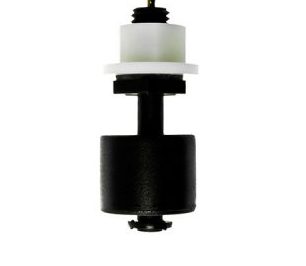
Float switches serve a pivotal role in managing and monitoring liquid levels across various industries and applications, from household appliances to large-scale industrial processes. At its core, a float switch is a device designed to trigger an action based on the rise or fall of the liquid level in a tank, sump, or well. This simple yet effective mechanism ensures operational safety, efficiency, and convenience.
One of the primary reasons to use a float switch is for the protection of equipment. For instance, in a sump pump system, a float switch can automatically activate the pump when water reaches a certain level, preventing flooding and water damage. Conversely, in tanks or containers where the goal is to maintain a specific liquid level, float switches can signal when it’s time to stop or start filling to avoid overflows or running dry, protecting pumps and other sensitive equipment from damage.
Beyond equipment protection, float switches are indispensable in automating processes, saving time and reducing the need for manual oversight. This automation is crucial in applications where precise liquid level control is necessary, such as in water treatment plants, chemical processing, and the food and beverage industry. By integrating float switches into these systems, businesses can achieve greater efficiency, and ensure consistent product quality. Their versatility, reliability, and cost-effectiveness make float switches an essential component in managing liquid levels effectively.
Each type of float switch has its advantages and applications, making selection dependent on factors such as the liquid’s nature, required precision, and environmental conditions.
In order to determine the best option for you, feel free to give us a call at 01494 556 046 or e-mail us at [email protected]. Alternatively, view our wide-range of float switches on our website: